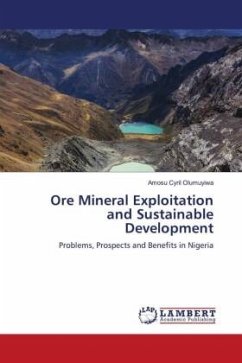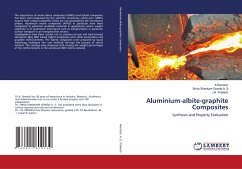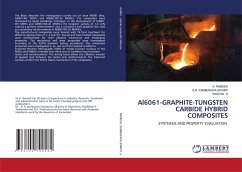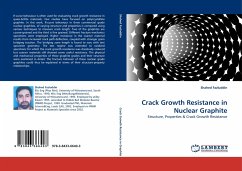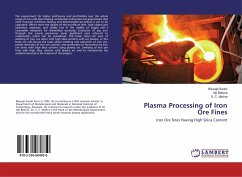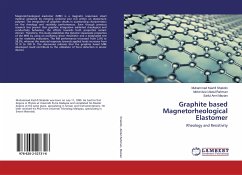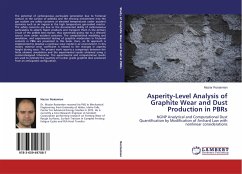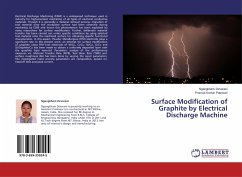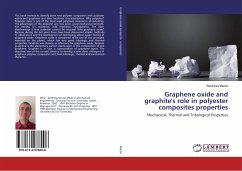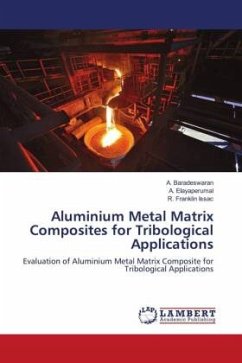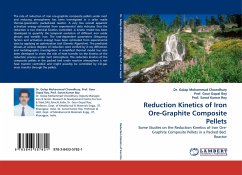
Reduction Kinetics of Iron Ore-Graphite Composite Pellets
Some Studies on the Reduction Kinetics of Iron Ore-Graphite Composite Pellets in a Packed Bed Reactor
Versandkostenfrei!
Versandfertig in 6-10 Tagen
32,99 €
inkl. MwSt.

PAYBACK Punkte
16 °P sammeln!
The rate of reduction of iron ore-graphite composite pellets under inert and reducing atmospheres has been investigated in a tailor made thermo-gravimetric packed-bed reactor. A very low overall apparent activation energy estimated from experimental data indicates that the reduction is not chemical kinetics controlled. A kinetic model has been developed to quantify the temporal evolution of different iron oxide phases and metallic iron. The rate-dependent parameters (frequency factors and activation energy) have been estimated from experimental data by applying an optimization tool (Genetic Al...
The rate of reduction of iron ore-graphite composite pellets under inert and reducing atmospheres has been investigated in a tailor made thermo-gravimetric packed-bed reactor. A very low overall apparent activation energy estimated from experimental data indicates that the reduction is not chemical kinetics controlled. A kinetic model has been developed to quantify the temporal evolution of different iron oxide phases and metallic iron. The rate-dependent parameters (frequency factors and activation energy) have been estimated from experimental data by applying an optimization tool (Genetic Algorithm). The predicted phases at various degrees of reduction were verified by X-ray diffraction and metallographic investigation. A simplified thermal model has also been developed to show the role of heat transfer on the kinetics of the reduction process under inert atmosphere. The reduction kinetics of the composite pellets in the packed bed under reactive atmosphere is not heat transfercontrolled and might possibly be controlled by CO-gas mass transfer through the pellets.



